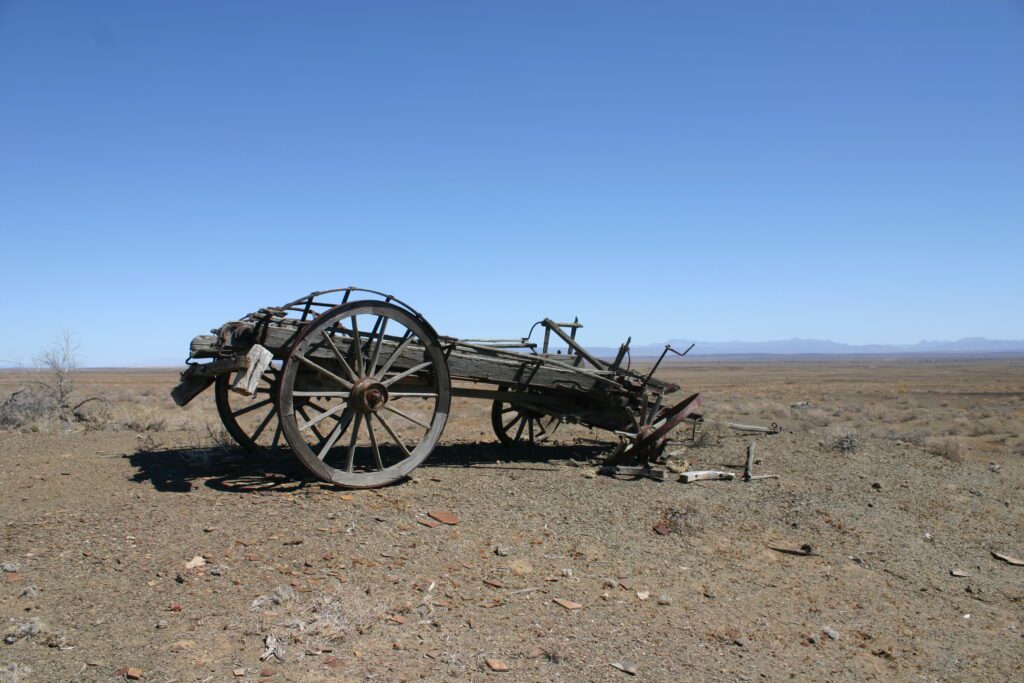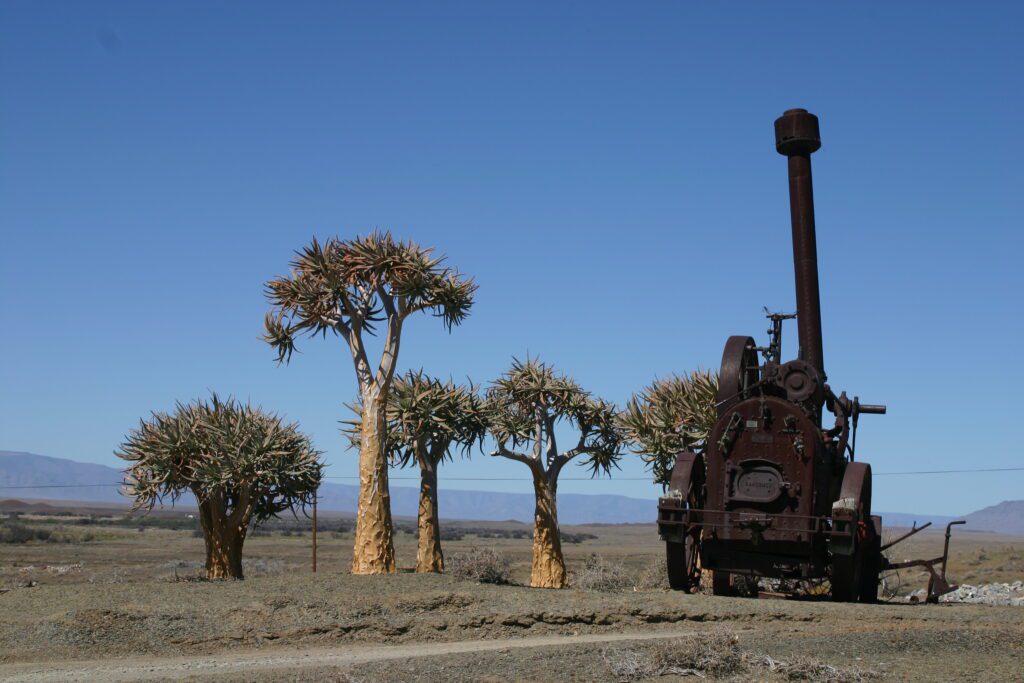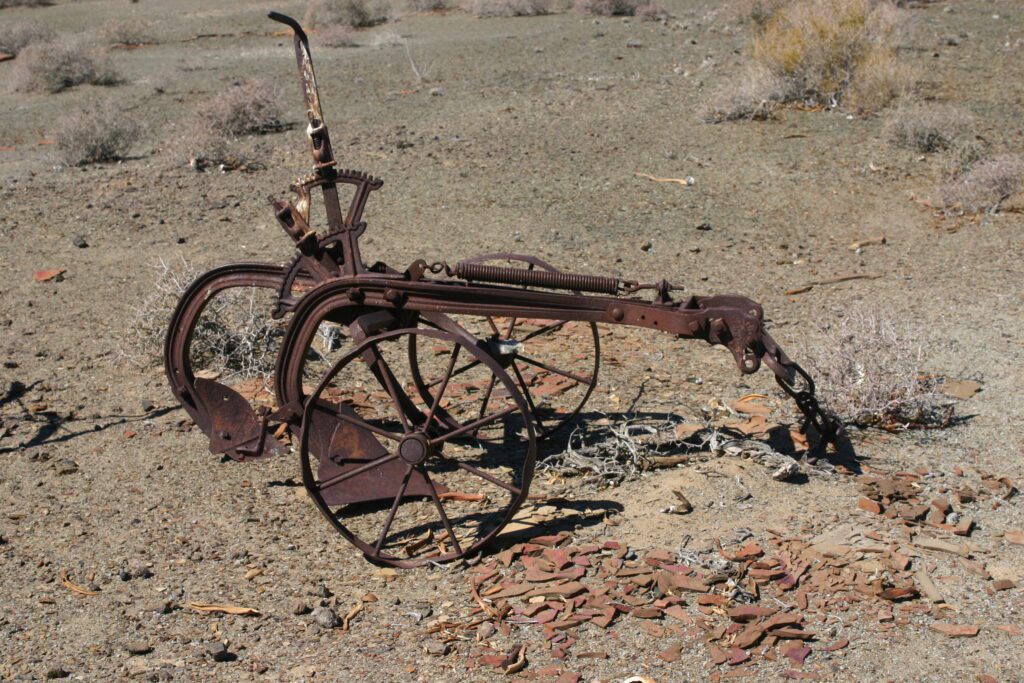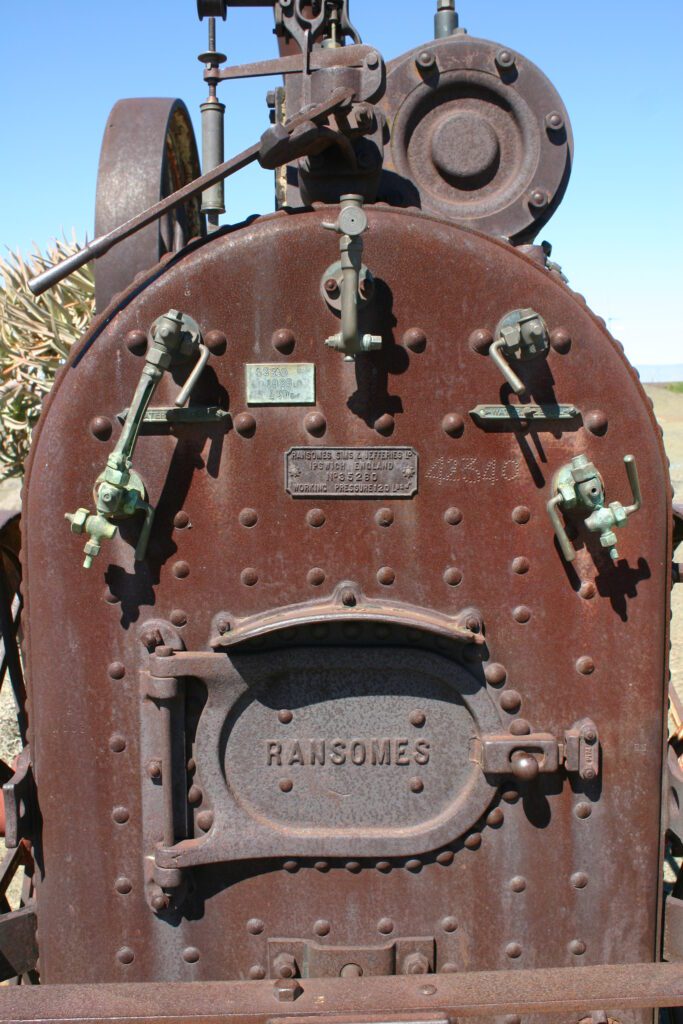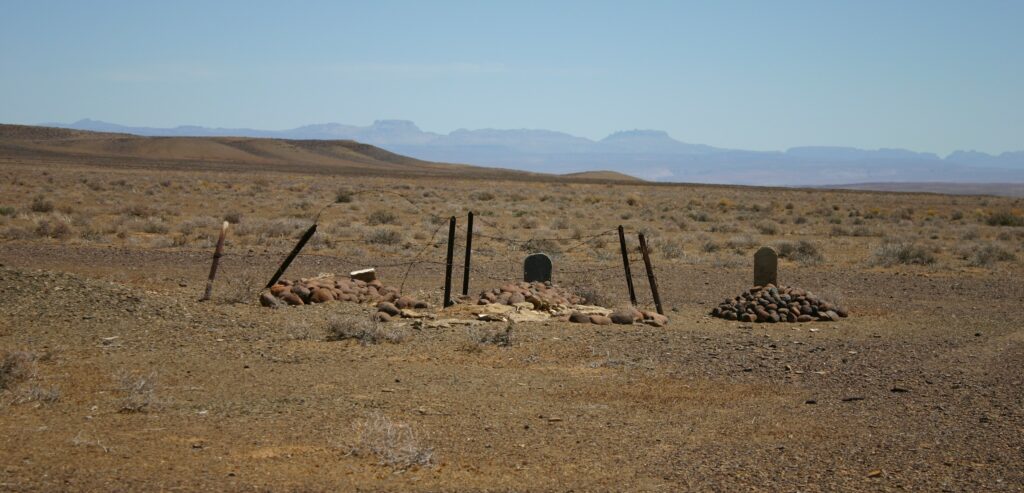Tantalising Tankwa Karoo National Park

Take a break from it all by scheduling a visit to the tantalising Tankwa Karoo National Park. Here where the earth meets the sky in breath taking beauty.
Location of the Tankwa Karoo National Park
Located in South Africa on the border of the Northern and Western Cape 70km due west of the small town of Sutherland. The true meaning of the word Tankwa is unknown. There are 3 possible names that come to mind – Turbid Water, Place of the San or Thirst Land.
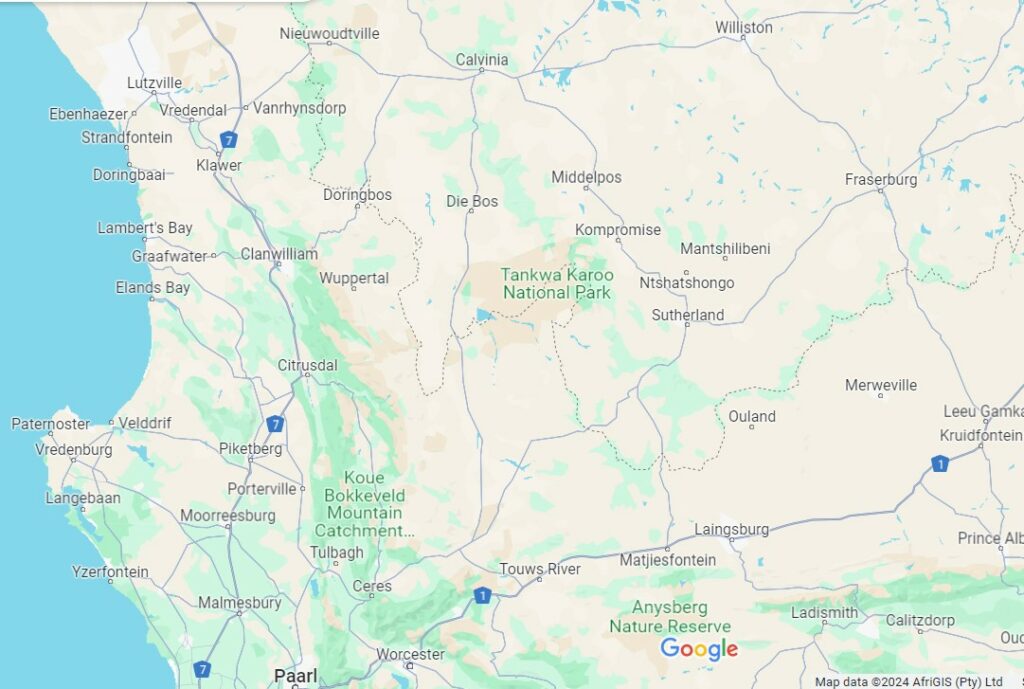
Geography of the area
3 Mountain ranges surround the park which spans 1436 square kilometers. Roggeveld Mountains to the east, Cederberg Mountains to the west and the Kouebokkeveld Mountains to the north. To the south lies the scattered foothills of Koedoesberge, Klein Roggeveld mountains and Tankwa River
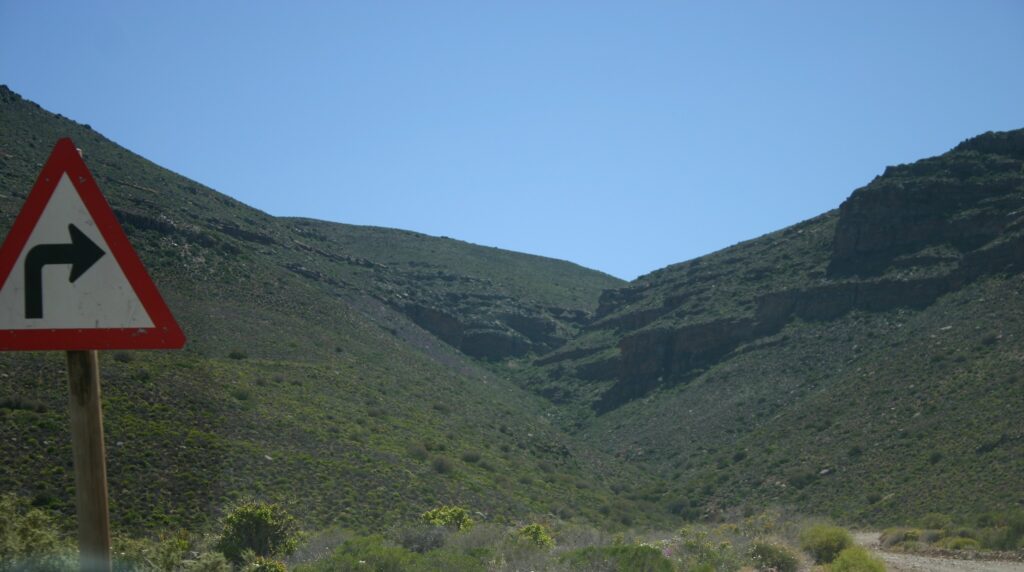
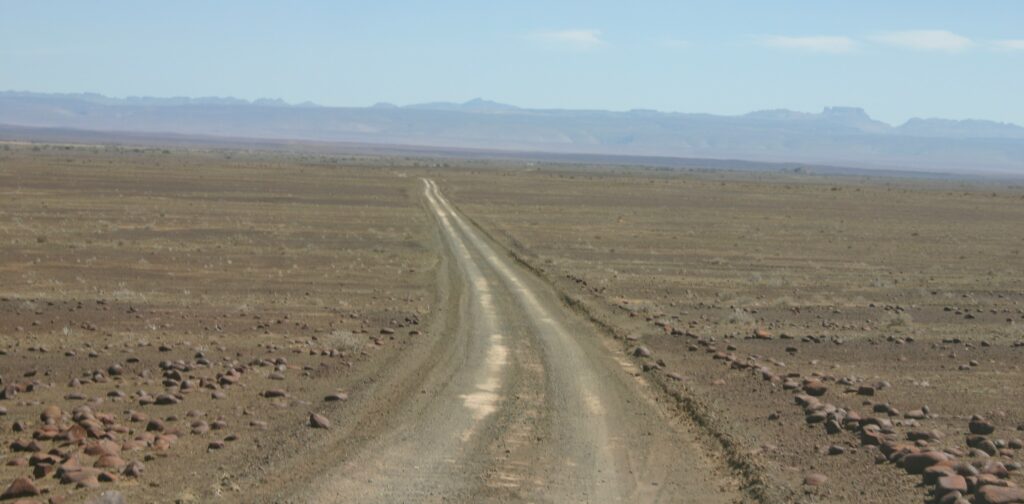
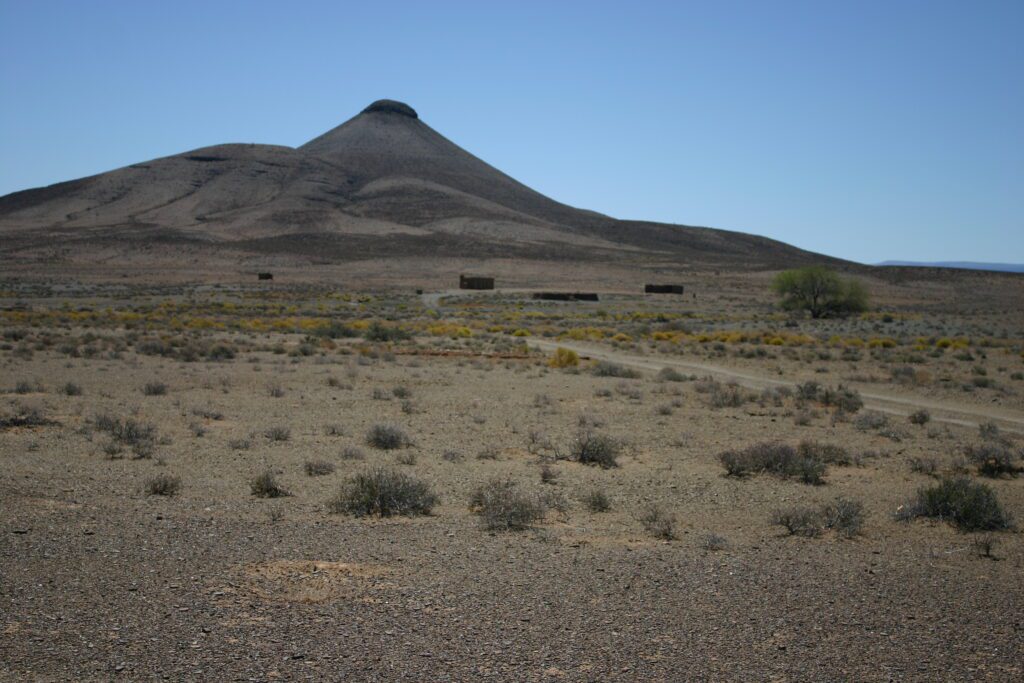
Because of its location in the rain shadow of the Cederberg Mountain Range the area is one of the driest regions in South Africa therefore receiving less than 100 mm of annual rainfall. The temperatures range from very hot in the summer to cold moist winters.
There are 3 distinct ecosystems in the area. To the west is pure desert, in the center is open grasslands and the Roggeveld Mountains to the east, being the vital contributor the the parks water supply.
The park is within the succulent Karoo biome. An area renowned for its rare and endemic plant species, rich bird life, wild game, landscapes and is one of the arid biodiversity hot spots in the world.


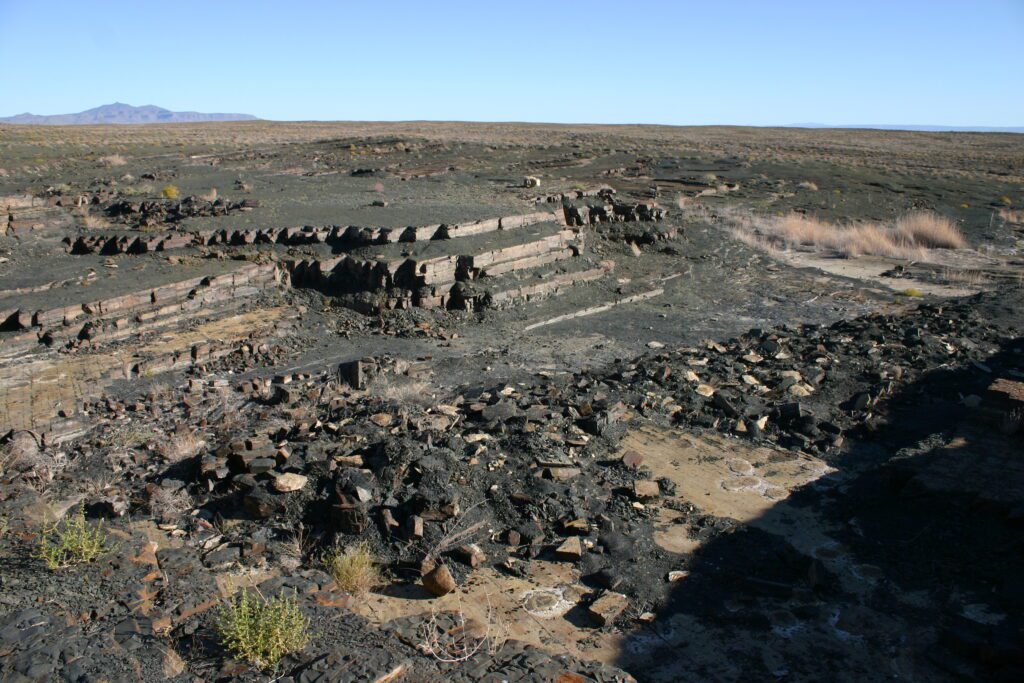

History of the park
Humans have lived in the area going back thousands of years. The Bushmen are the earliest known people to have lived on this land. The Khoe herdsmen were nomadic livestock farmers who followed the migration of the wild animals. By the 1700’s the Trek Boer farmers used the area to graze their sheep, migrating between the Cederberg mountains and Tankwa according to the seasons. The arid climate and poor soil conditions made for unsuitable livestock grazing.
The park proclaimed in 1986 starting with 27,064ha and increasing to nearly 146,373ha by early 2014. The purchase of various farms in the area did this, one being the farm of Conrad Strauss, who sold off 280kmsq of sheep farm to SANParks in 1998
Points of interest
Gannaga Pass
The pass is 6km in length with a 700m incline along the Roggeveld escarpment and was built in the 1930s during the Great Depression as part of a public works programme.
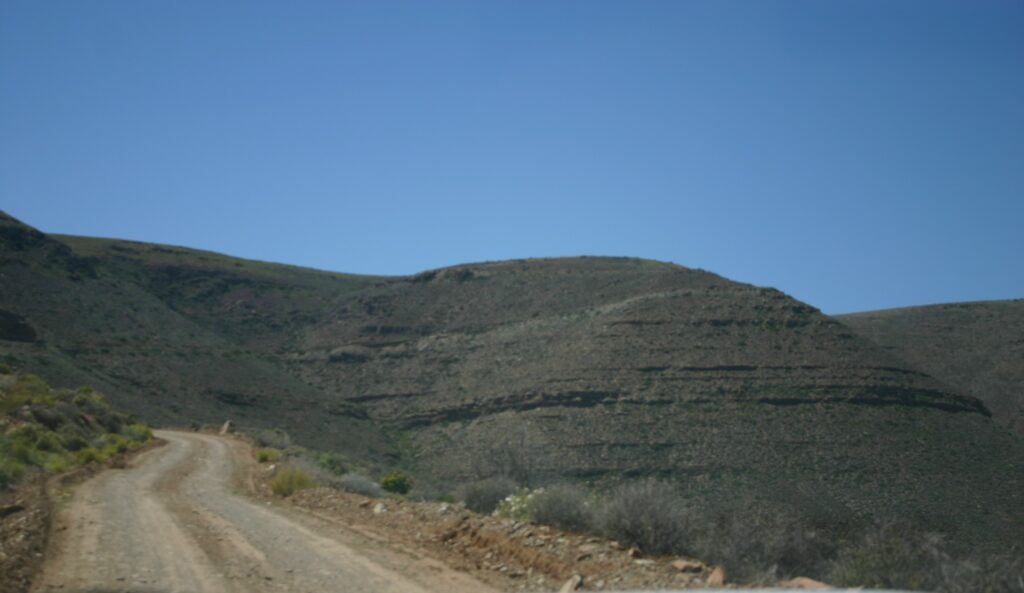
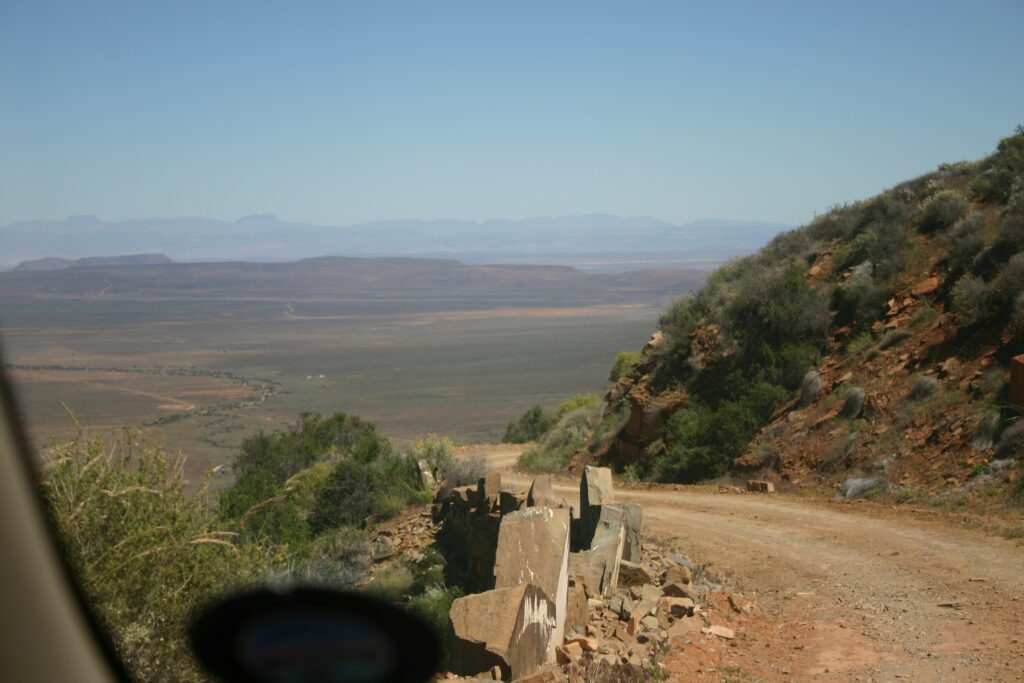
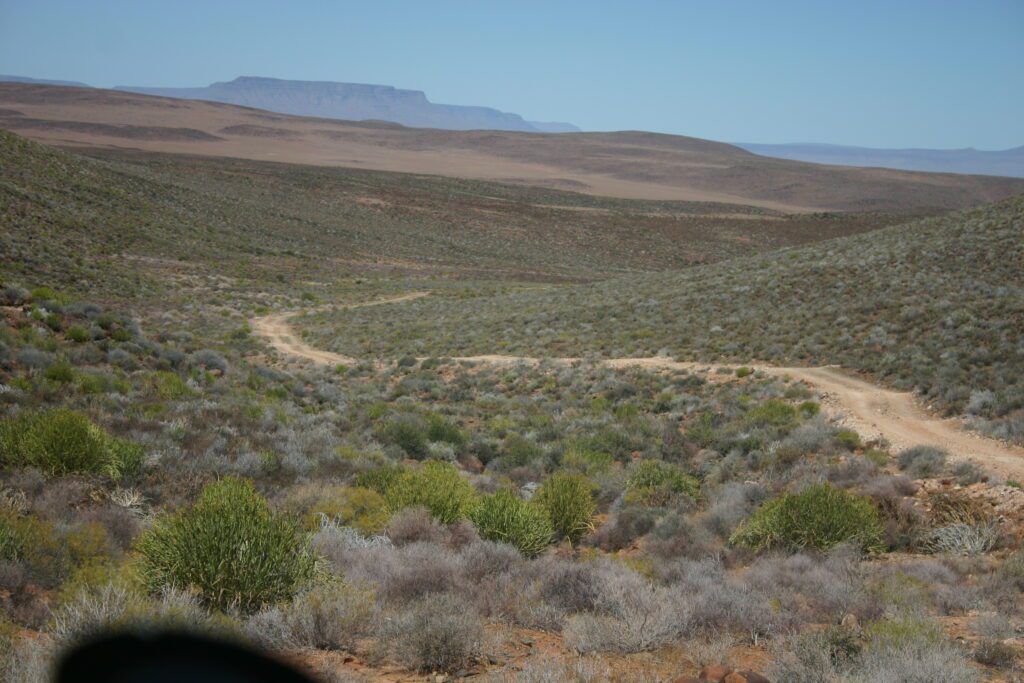
Oudebaaskraal Dam
Built on the Tankwa River by Judge Alewyn Burger in 1969. The dam has a water capacity of 34 million cubic meters.
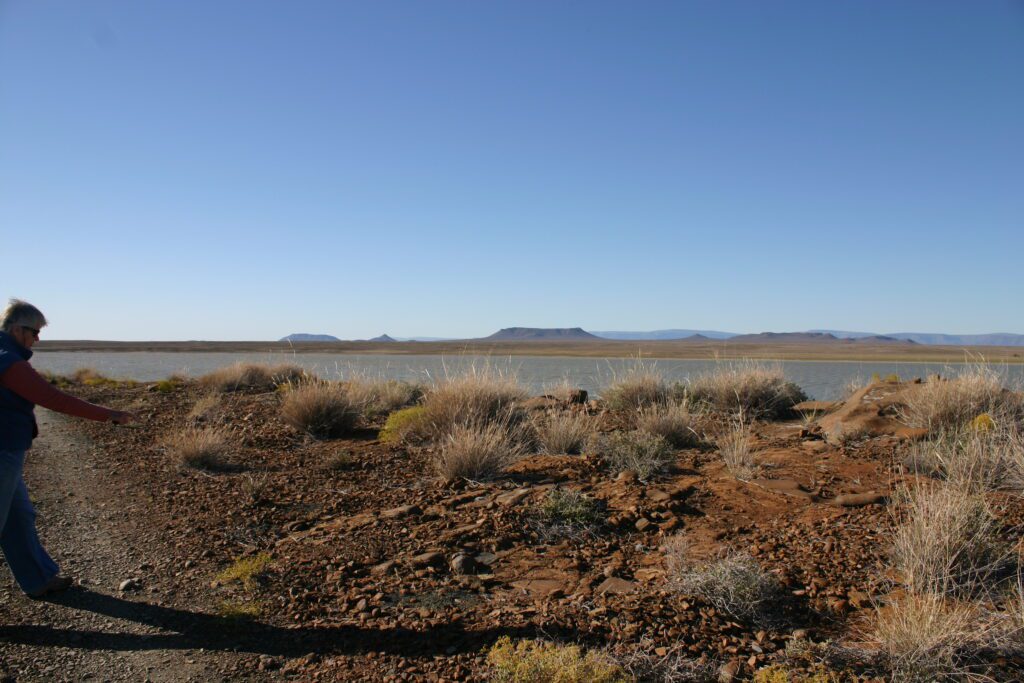
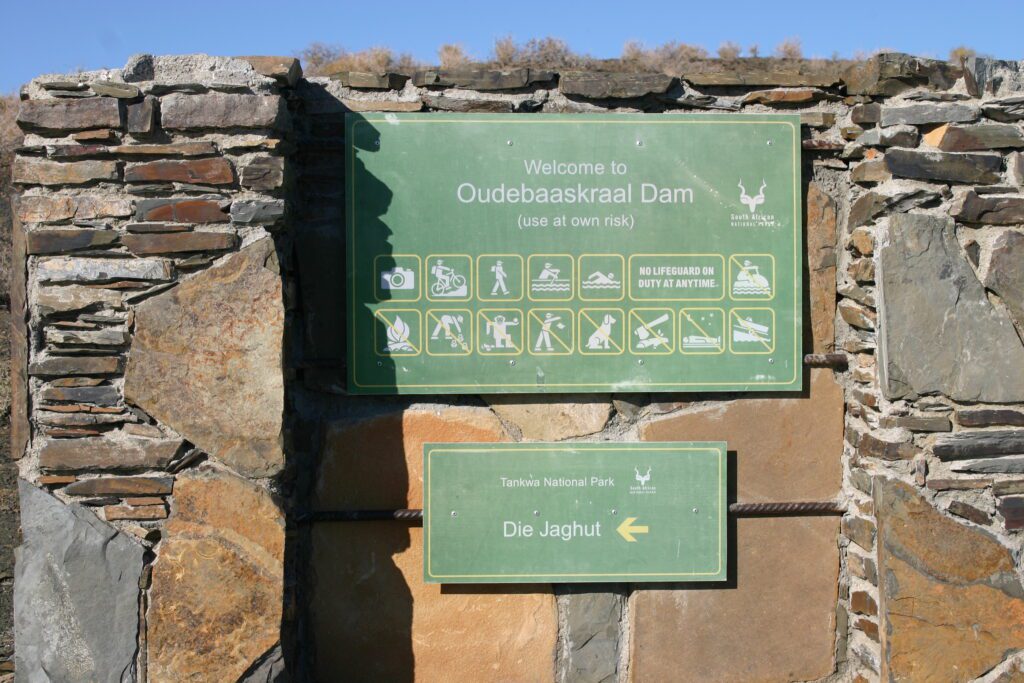
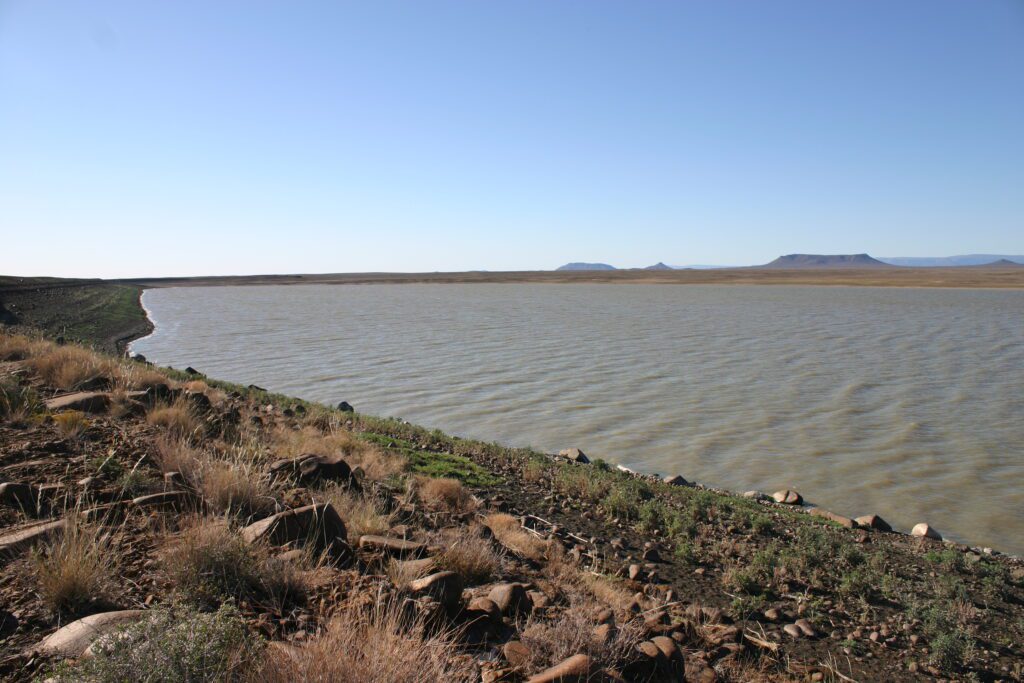
Roodewerf Buildings
Built in the early 1900’s, Roodewerf was the center of the district, comprising of a farm house, school and post office. The SANParks office and reception are located in the farm house and school buildings
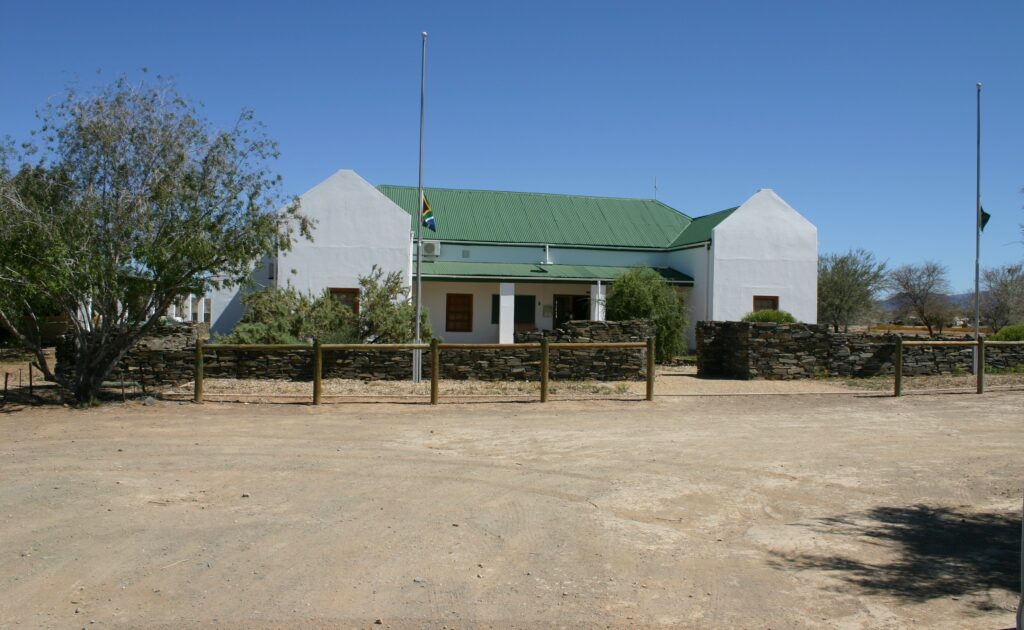
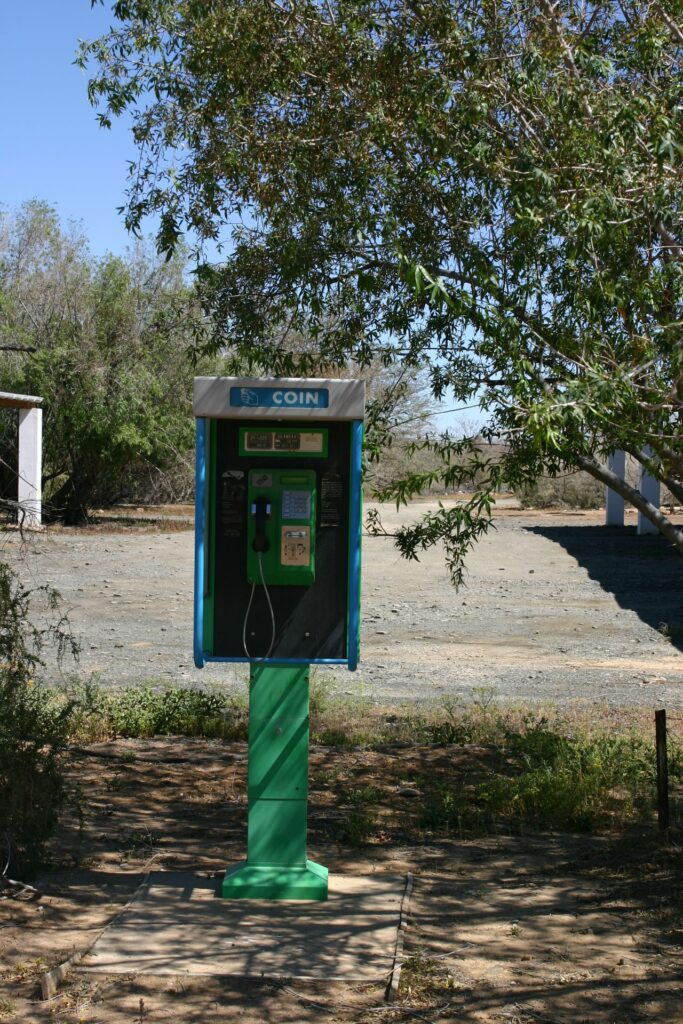
Oudebaaskraal airstrip
900m Landing strip situated next to the Tanqua Guesthouse
Accommodation in the park
The park offers a variety of accommodation from houses to formal and informal camp sites, electricity is not available, paraffin lamps and candles are provided.
Bookings, pricing and guide to accommodation can be found on the SANParks website.
Gannaga Lodge
Located at the summit of Gannaga Pass. Privately owned and features a conference venue, guest house, restaurant and licensed bar.
Elandsberg Wilderness Camp
Situated in the north close to the Calvinia entrance.
Varschfontein Cottage
Situated in the remote north west corner of the park.
Paulshoek and De Zyfer Cottages
Both are situated close to the Roodewerf Office complex in the south east of the park.
Tanqua Guest House complex
Situated in the south west and close to the Ceres entrance. This was our accommodation for the duration of our stay.
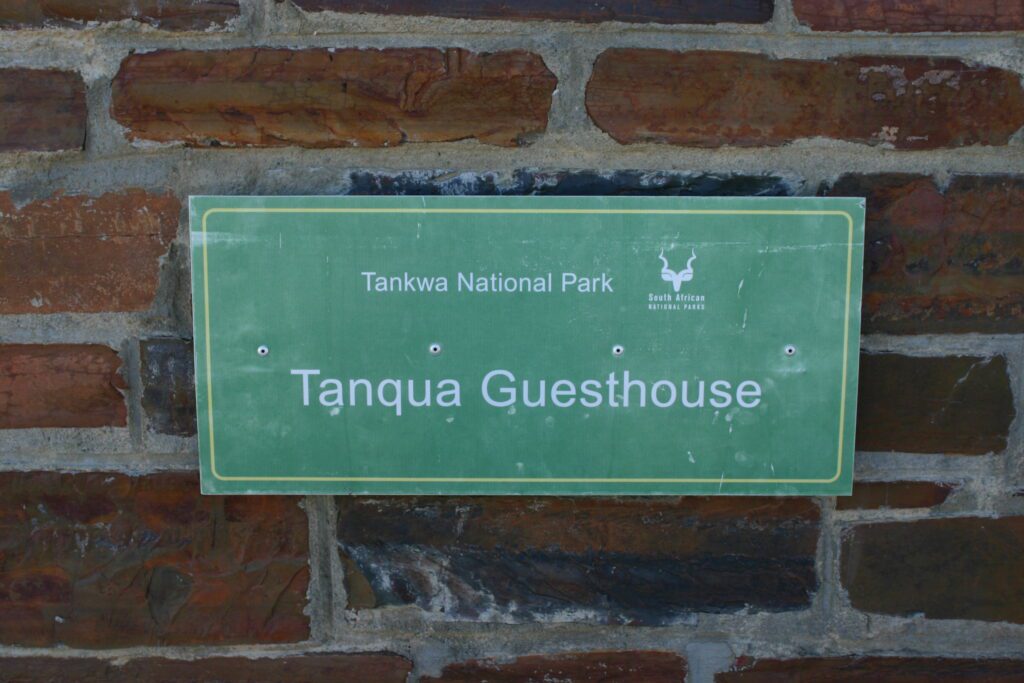
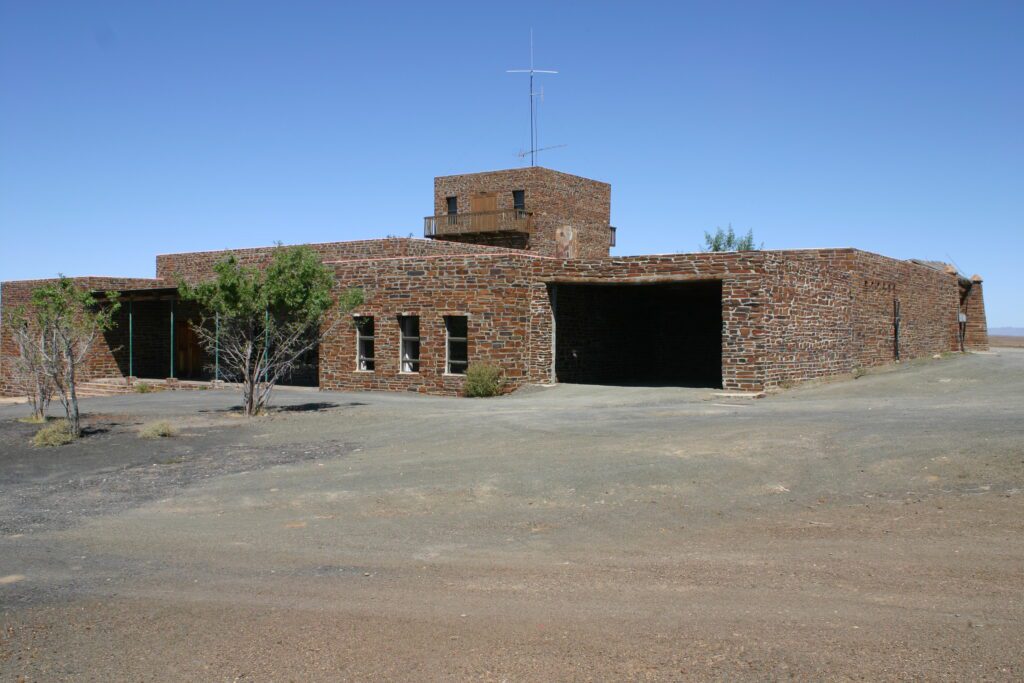
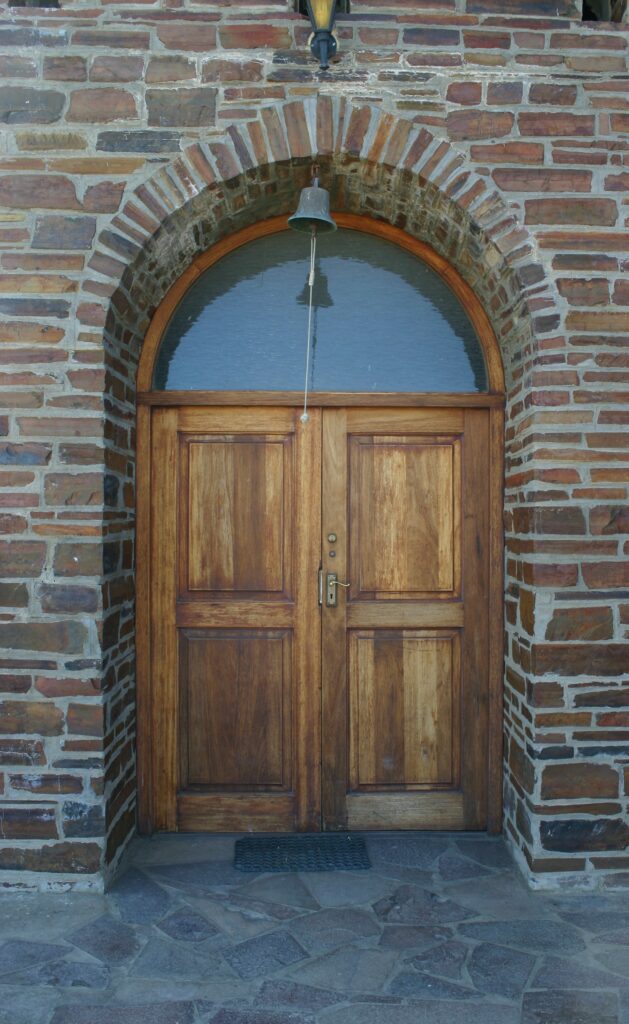
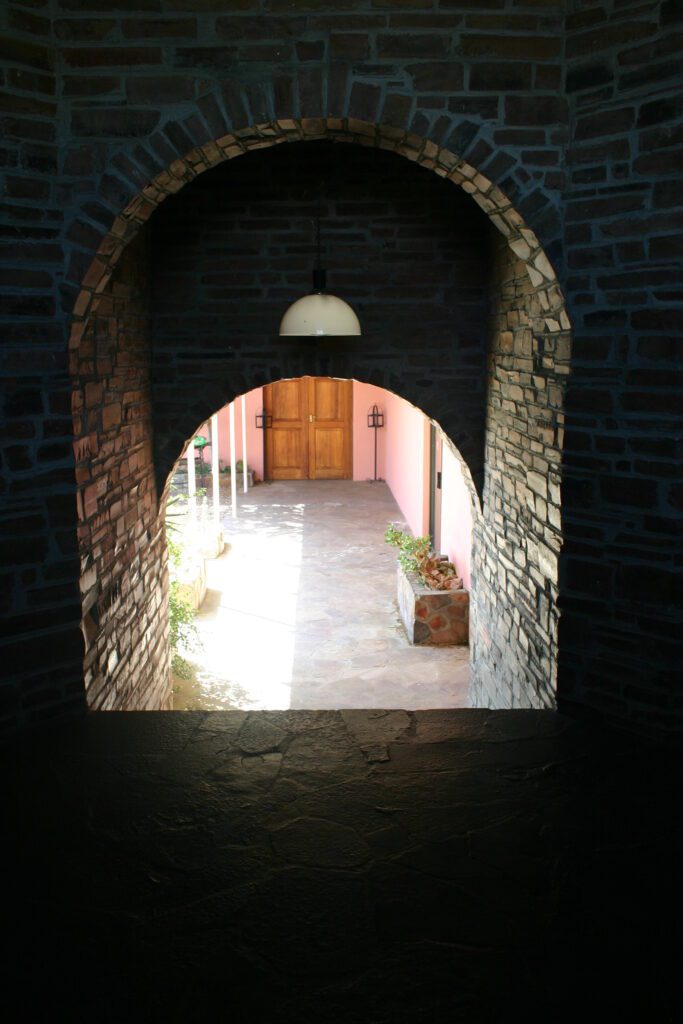
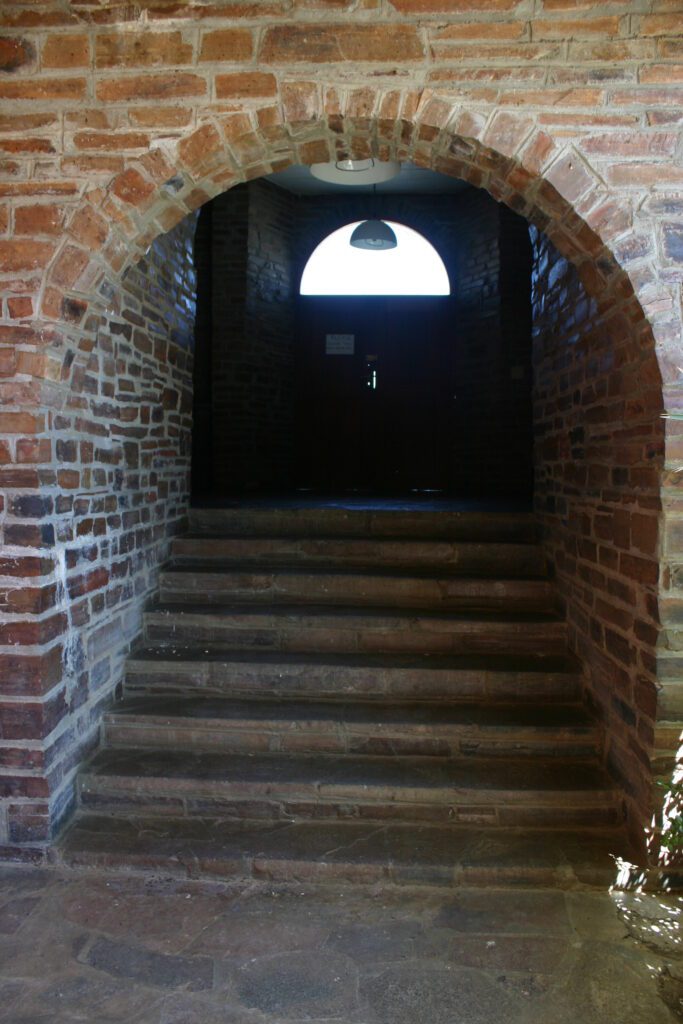
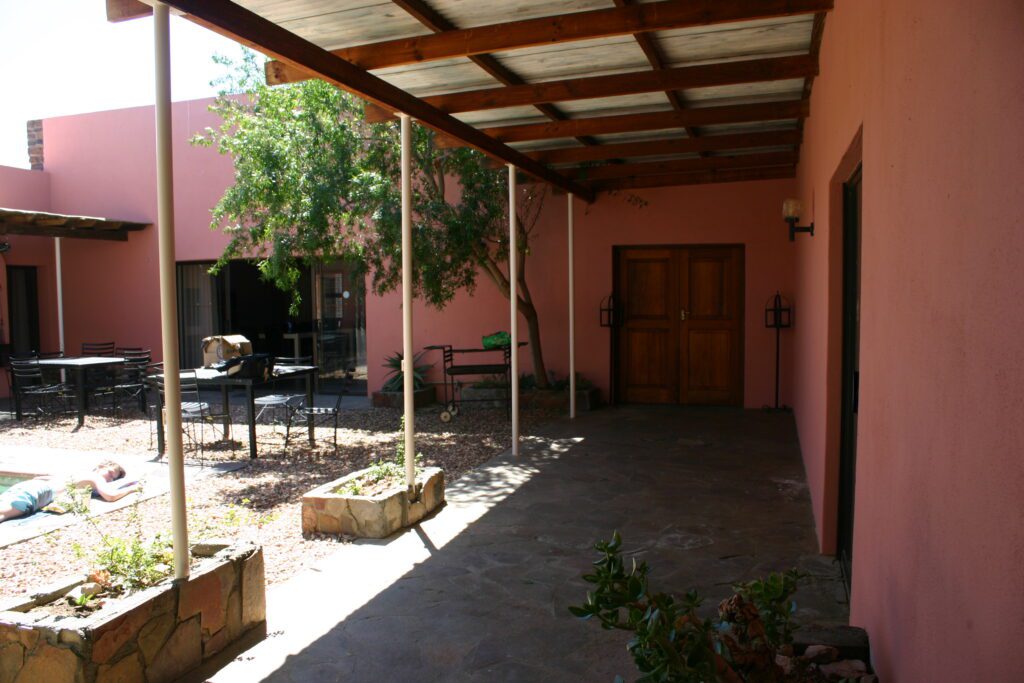
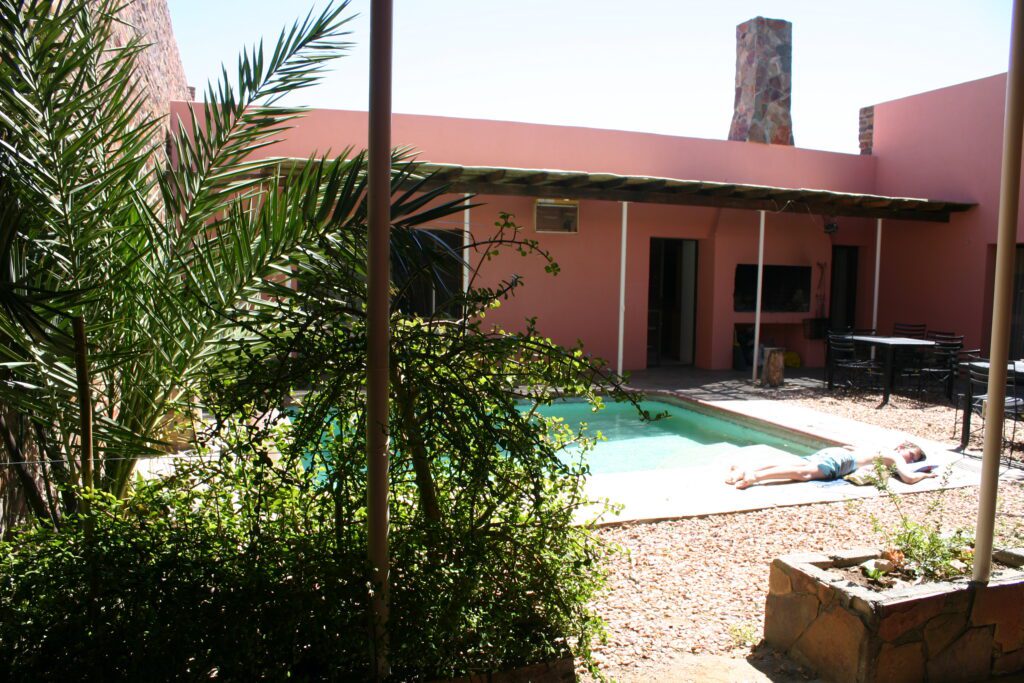
Formal Campsites
Each campsite is provided with bathrooms, kitchenette and gas showers. There is no electricity provided.
Langekloof and Perdekloof sites
Both are situated on the eastern side of the park in the Roggeveld Mountains.
Informal Campsites
These sites are available for the self-sufficient campers with no ablutions or water provided. Access to all these sites is by 2×4 high clearance or 4×4 vehicles
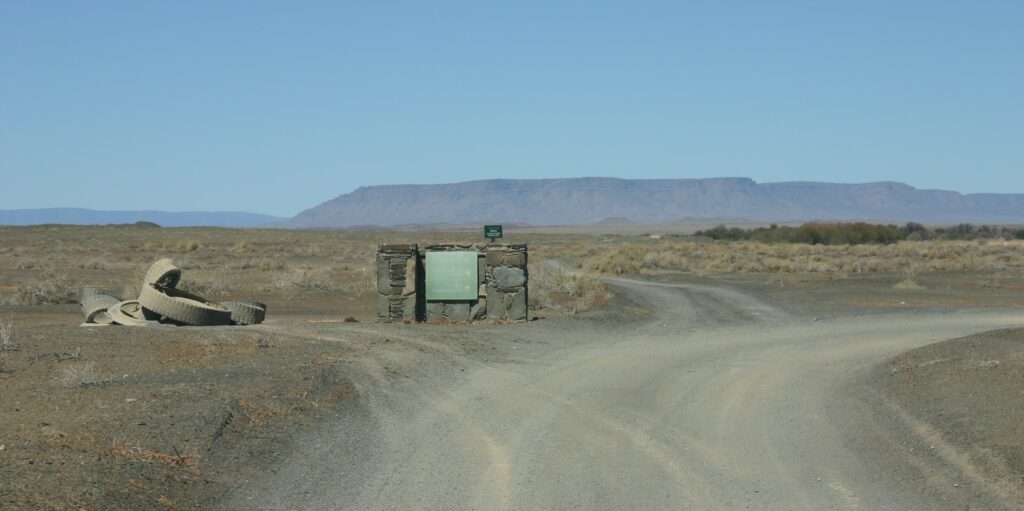

Pyper se boom and Steenkamps Hoek.
Both sites are located in the south east close to the Roodewerf Office complex. Steenkamps Hoek can only be accessed by 4×4 vehicles.
Skaapwagtersbos
Located in the north of the park near the Calvinia entrance. Accessible by 2×4 high clearance and 4×4 vehicles only.
Biesjiesfontein and Volmoersfontein
With both sites located in the middle of the park it makes it accessible for sedan vehicles.
Activities within the park
Off Road 4×4 trails for the more advanced enthusiast
Watervlei Route – accessed from Gannaga Pass and the Leeuberg Eco trail is close to Varschfontein.
Bird watching
Peak birding season is in the spring August to October which coincides with the flowering season.
Game viewing
The park is home to a wide variety of animals and game viewing is an absolute must. Viewing times are stipulated by the Park and vary from season to season.
Hiking and mountain biking
There are no trails available within the park. Overnight guests may only walk or cycle within the vicinity of their accommodation.
Viewpoints
Viewing points are located at Elandsberg and Gannaga Pass.
Stargazing
Lack of electrical lighting within the park allows for stargazing. For the star gazing enthusiasts I would suggest a trip to Sutherland to visit SALT. The South African Large Telescope complex.

In memory of Rosemary Smythe
Blog Spot – Picfair – Tankwa Exhibition – Table Mountain – Namibia – Baviaanskloof – Matjiesfontein blog – Bookcase – Box Office
